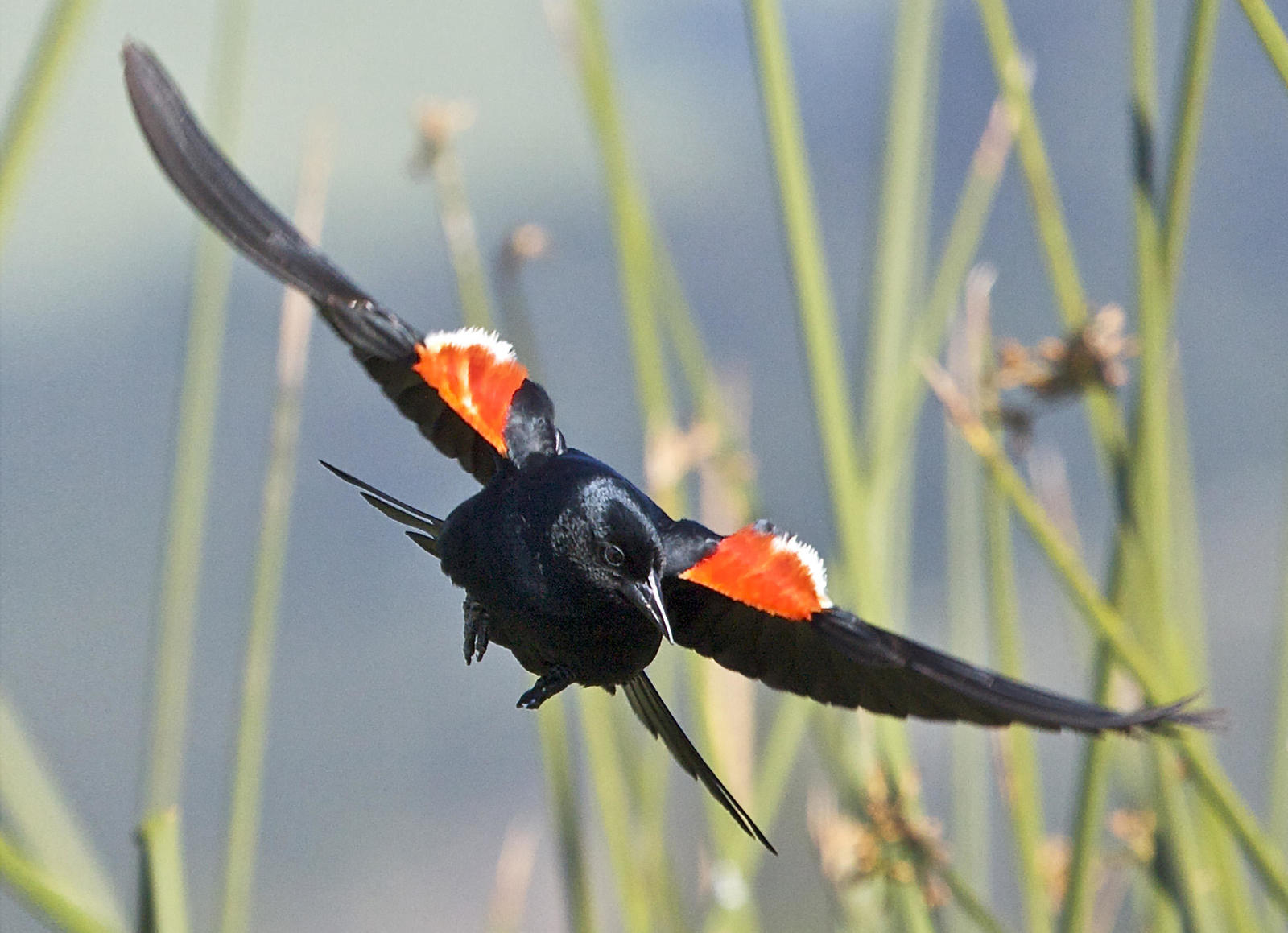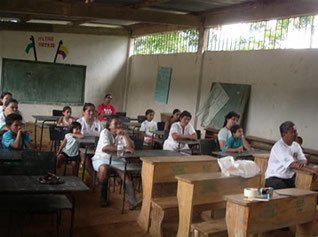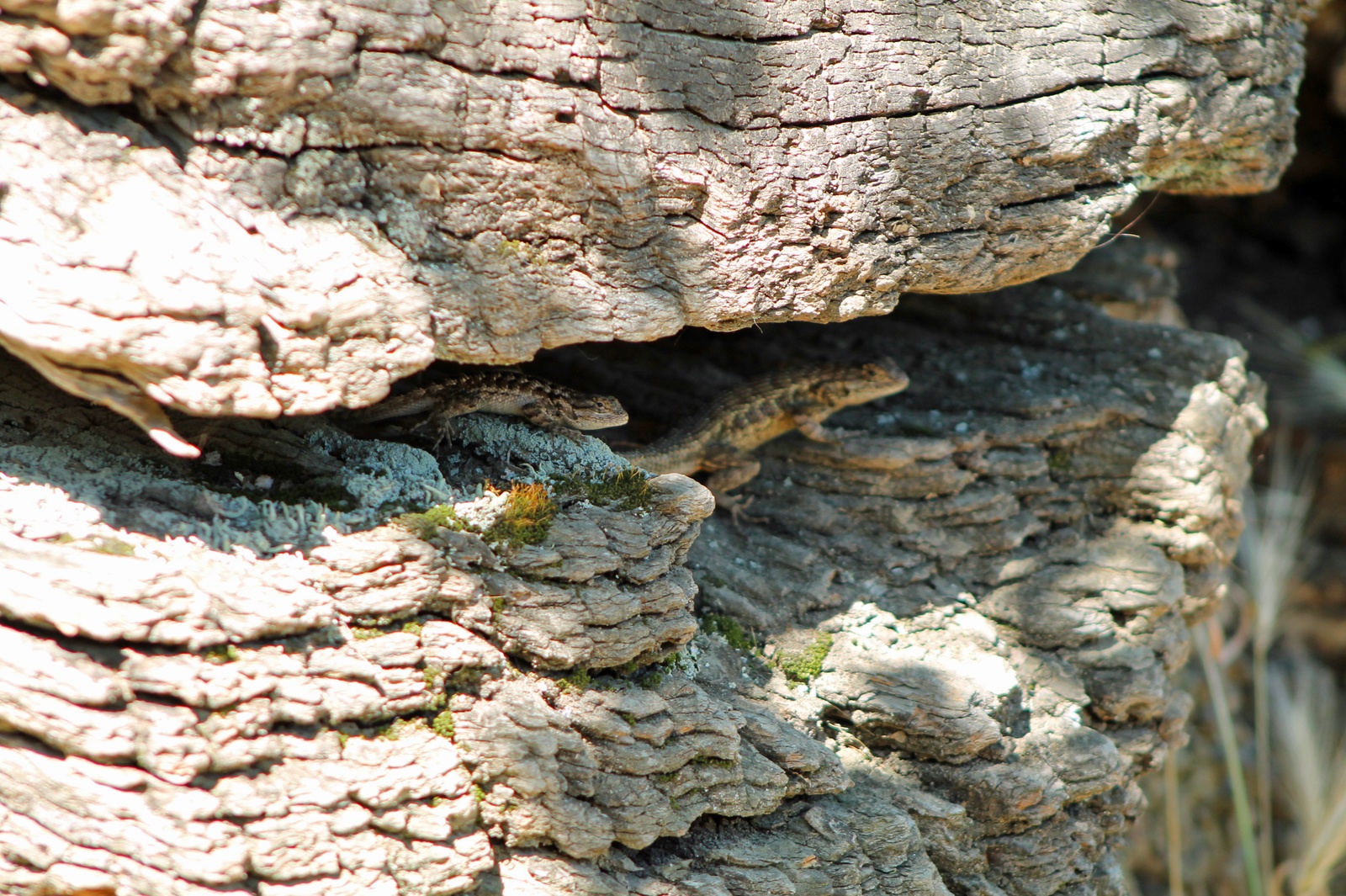
Built Environment: 2017-2018 Focus
What do solar panels, sick days and autonomous vehicles all have in common?

What do solar panels, sick days and autonomous vehicles all have in common?

The California Department of Fish and Wildlife (CDFW) is responsible for the effective management and protection of California’s endangered and threatened species, and has been a strong partner of the…

From wetlands and estuaries to sand dunes and granite peaks, the California Department of Parks and Recreation, or California State Parks, manages over 280 separate park units on 1.4 million…

Awardee: Zack Gold, graduate student in the Department of Ecology and Evolutionary Biology. Zack is conducting a citizen science environmental DNA project to compare marine biodiversity inside and outside of coastal MPAs in Los Angeles County to understand how well fishing restrictions protect marine ecosystems.

There is no excerpt because this is a protected post.

While an emerging body of literature investigates the environmental and financial benefits derived from the adoption of corporate sustainability, exactly how these practices impact organizational effectiveness and employee productivity remains…

Awardee: Alexandria Pivovaroff, Ph.D. Alexandria's research will remotely monitor plant stress using newly developed sensors to understand both short- and long-term responses.

Awardee: Kelly Barr. Kelly is using a massive genomic dataset to analyze these issues in Tricolored Blackbirds, a species that has undergone sharp declines and is under intense management throughout the state of California.

Awardee: Bree Putman, Ph.D. Bree is examining whether fear responses (behavioral and physiological) contribute to the differential success of two lizard species in urban areas in Southern California.

Although the last year brought much needed rainfall, California is still facing a long-term drought. In many parts of the state, crops and farmland remain under stress and the state’s…

Overview Our most dramatic and exciting advances in 2005 have come in the area of community outreach and education. This aspect of the project is co-designed and implemented by Ms.…

Awardee: Erin Toffelmier. Erin is researching the differences in how lizards use the human-altered habitat versus how they use natural habitat.